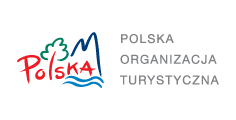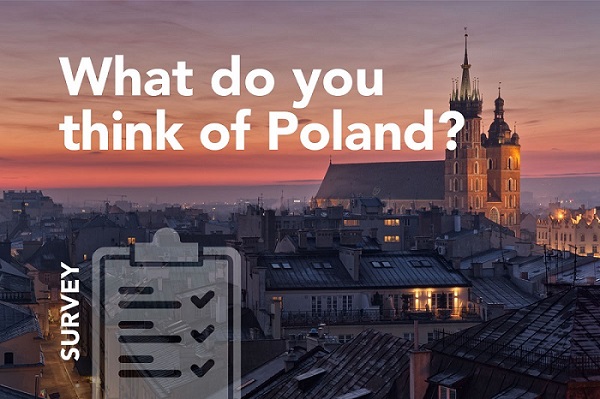20 years in the EU: Discover Polish tourist attractions co-financed from European funds!
Twenty years ago, Poland opened a new chapter in its history by becoming a member of the European Union. This partnership not only strengthened Poland’s ties with Europe, but also brought a number of benefits that are clear to see in every corner of the country. Thanks to significant European funding, many tourist destinations and infrastructure have been renovated. New, innovative places have also been created, which now attract visitors from Poland and abroad. Many of them can also boast the prestigious distinction of a Certificate of the Polish Tourism Organisation.
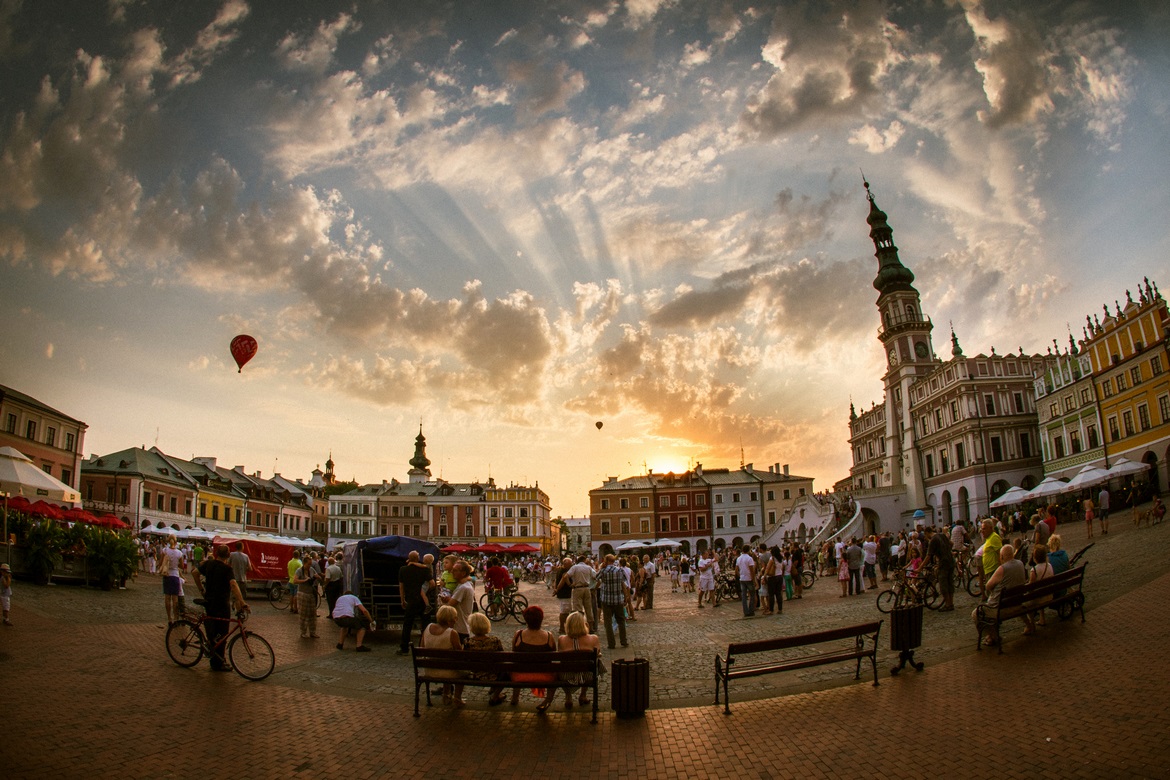
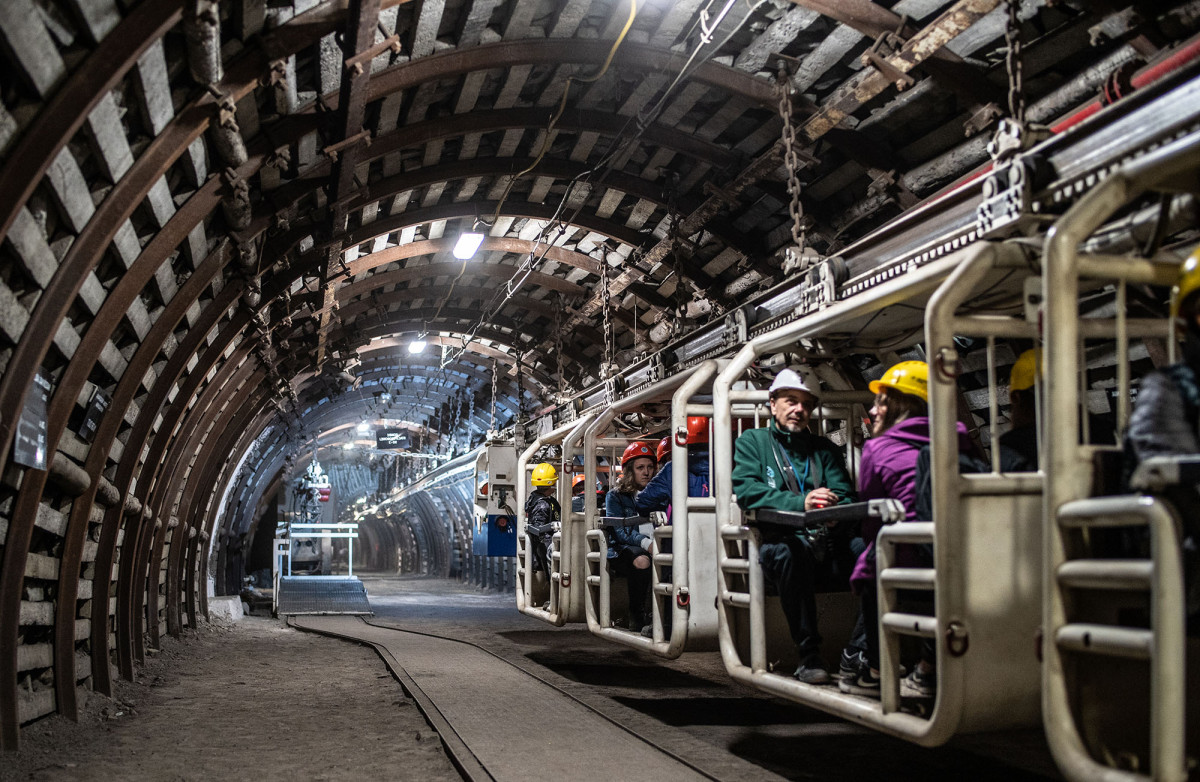
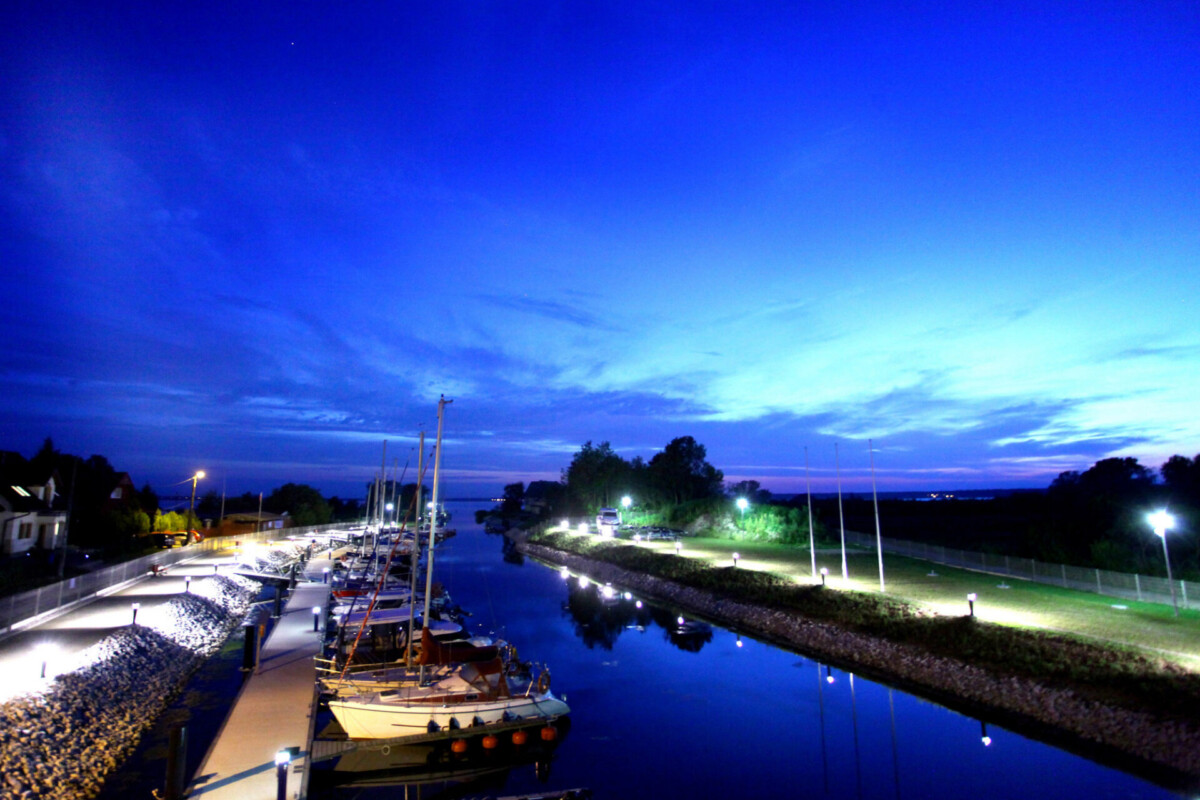
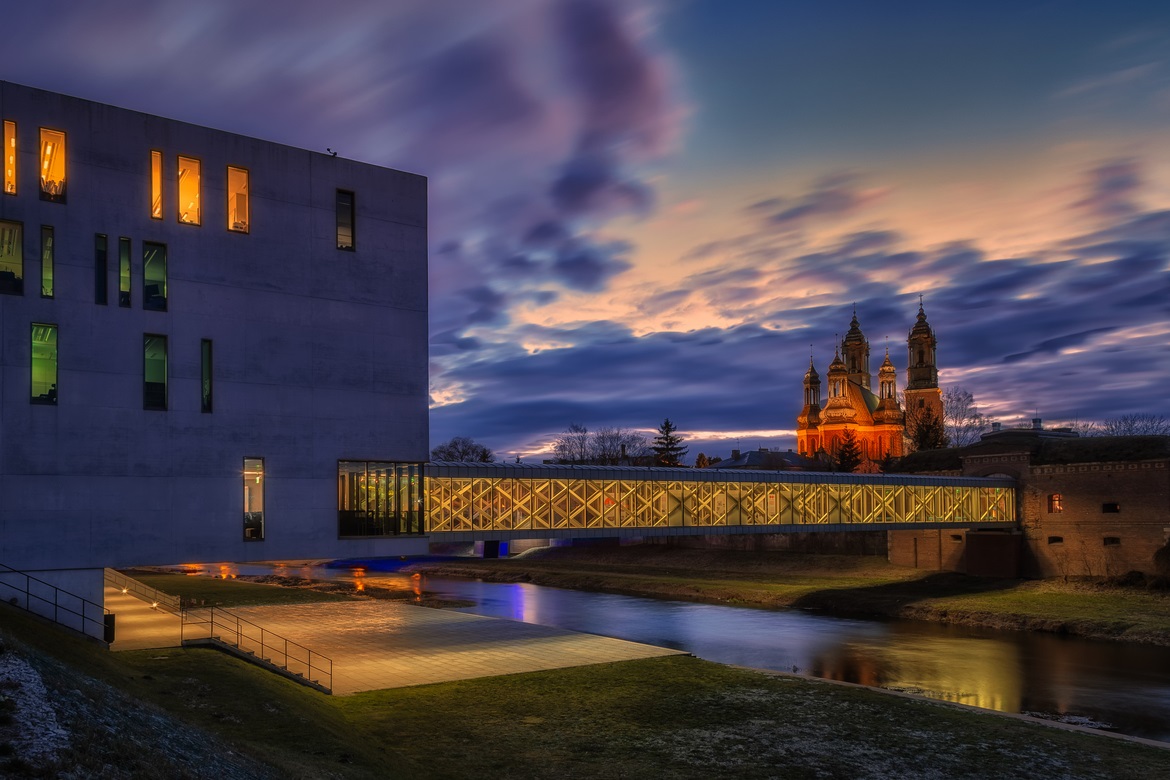
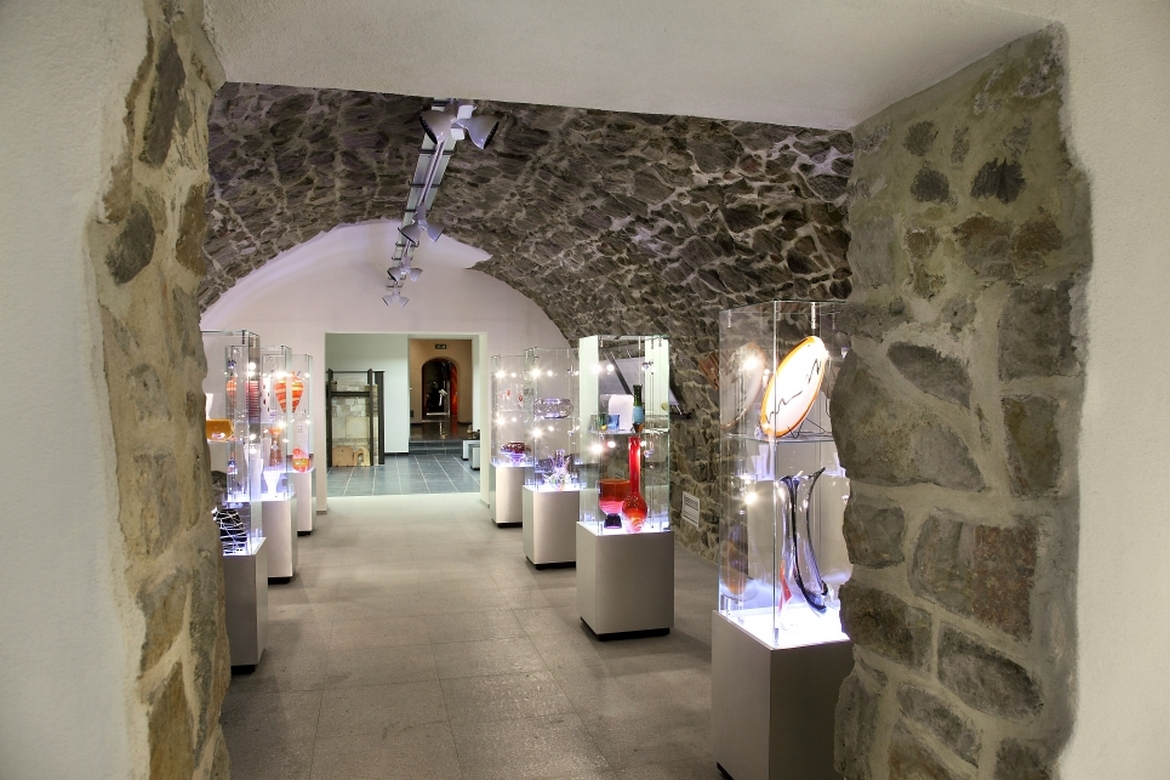
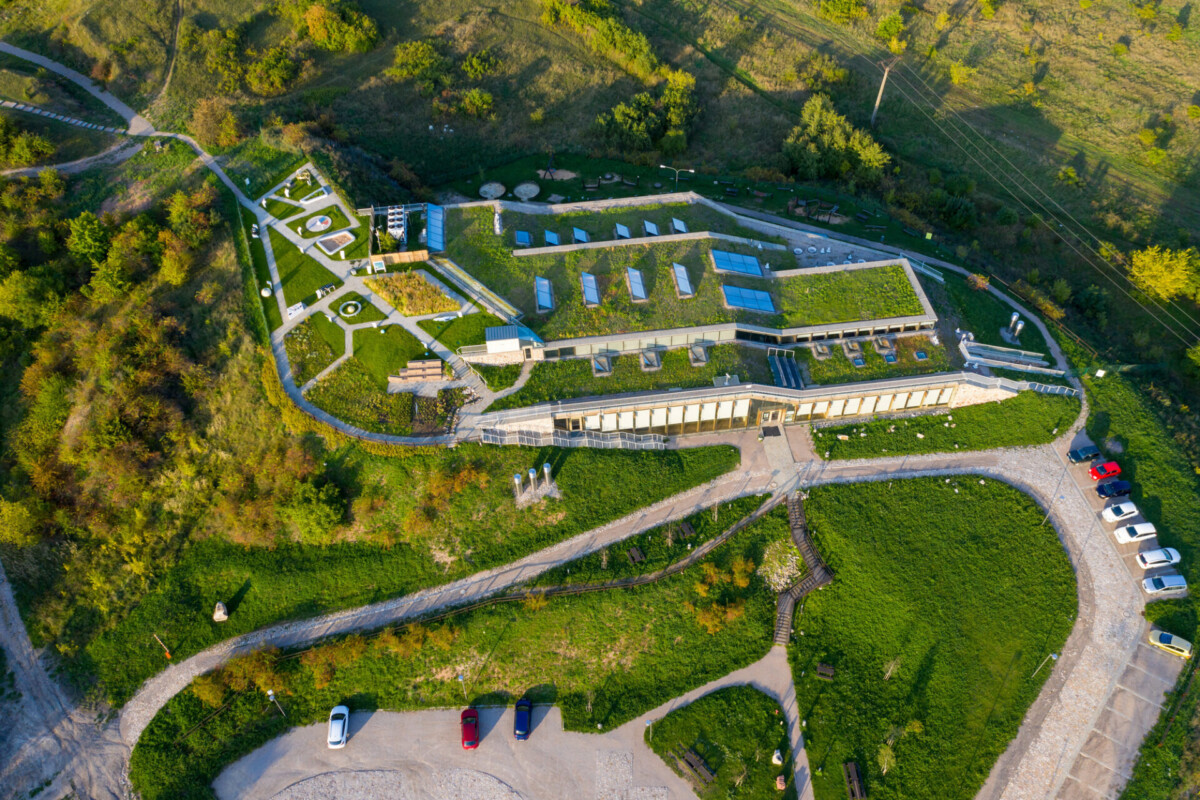
Zamość, also known as the “Pearl of the Renaissance” and the “Padua of the North”, is one of the most unique cities in Poland, known for its unspoiled Renaissance architecture and rich history. Its old town, inscribed on the UNESCO heritage list, boasts what was considered as the ideal urban layout in Europe of that epoch. Noteworthy are also Italian-style fortifications, which proved their worth in the 17th century, as Zamość was the only town which withstood the Swedish Deluge. What remained of the 17th century from the Zamość Fortress required renovation so that subsequent generations could admire these architectural gems. As part of the project “Zamość, a UNESCO city, Monument to the History of the Republic of Poland as a tourist product of the Polish economy” and co-financing from EU funds, a new fortification landscape of Zamość took shape. With this money, it was possible to renovate, among others, the former Cossack barracks intended for the Fortress Centre of Historical and Tourist Information, as well as the casemates of bastions II and IV of Zamość Fortress. The amphitheatre was rebuilt, and the historic City Park was renovated, too. It is worth adding that the city was recognised as the “Zamość Fortress of Attractions” in 2017 and received a prestigious award – a Certificate of the Polish Tourism Organisation.
The winner of the Gold Certificate of the POT from 2022 – the Guido Mine and Queen Louise Adit in Zabrze, regained their former glory thanks to the support of EU funding. As part of the project “European Centre for Technical Culture and Industrial Tourism”, it was possible to revitalise the so-called Main Key Heritage Adit along with accompanying excavations, a 19th-century corridor in coal deposits, and a part of the above-ground infrastructure of the “Queen Louise” Open-Air Mining Museum. All of this is open to tourists today. The Guido Mine Complex and the Queen Louise Adit, called the “Black Pearl of Europe”, constitute a key point on the tourist map of Zabrze. It is a unique area where the history of coal mining meets modernity, creating a space for tourists, culture and events. The complex consists of surface buildings and an extensive network of underground corridors, dating from the 18th and 19th centuries, making it the largest facility of this kind in Poland. Underground tourist routes, stretching for over 10 kilometres under the centre of Zabrze, lead through authentic mining excavations. There are several themed routes waiting for visitors, thanks to which everyone, regardless of their interests or time available, can find something of interest, exploring the rich history and heritage of the region.
The last two decades have seen a lot of positive changes, not only underground, but also on the water. The West Pomeranian Sailing Trail – winner of the PTO Certificate from 2014, is a great tourist attraction of the region. It passes through highly picturesque areas. There are many places worth visiting along it, and during cruises you can see white-tailed eagles, gray herons and sail past beaver habitats. Thanks to EU funding, 7 new ports were built, and 4 existing ones were modernised – a total of 621 new places to stop were created. A harbour basin was also added on Wolin Island. The trail allows for several-day cruises, during which you can travel from port to port, improving your skills on waters of varying difficulty. Distances between individual ports, which do not exceed 20-30 nautical miles, allow comfortable passage of the route within a few hours. Such organisation makes it possible to reach the next destination port in one day, which makes the trail safe and friendly not only for experienced sailors, but also for novice enthusiasts and whole families.
One of the top attractions in Poznań – the Porta Posnania (Interactive Centre for the History of Ostrów Tumski), which is celebrating its 10th anniversary, was created thanks to EU grants as part of the project: “Interactive Centre for the History of Ostrów Tumski in Poznań – the cradle of statehood and Christianity”. Ostrów Tumski is a unique place that gave rise to the city and the entire Polish state. Ten centuries of its existence were filled with interesting figures and events, witnessed by monuments preserved to this day. This innovative centre introduces the visitor to the beginnings of the Polish state and the history of the cathedral island in Poznań in a unique way. Instead of traditional museum exhibits, the story is told here using modern multimedia and light effects, which makes the past more accessible and attractive to contemporary audience. Throughout the year, there are numerous events held here, including workshops, temporary exhibitions, concerts and educational programmes for different age groups, as well as scientific conferences.
Another interesting place that was created thanks to the support of EU funds is the Glass Heritage Centre in Krosno. This 2013 PTO certificate winner perfectly combines historical heritage with innovation, presenting glass in a completely new light. Thanks to the use of modern technologies, the centre not only nurtures the history of Krosno glass, but also co-creates it. The great attraction of this unique place are interactive presentations, during which visitors can actively participate in the process of glass production and decoration and discover the magic of creating it live. This is an extraordinary opportunity to see with your own eyes how glass works of art are made and to try your hand at this unusual form of craftsmanship. In the cellars and the temporary exhibition hall there are exhibitions of artistic glass created by leading Polish artists, as well as utility glass, which is an example of unique design.
The Świętokrzyski Archeo-Geological Trail is an innovative tourist product that showcases the geological and archaeological riches of the Świętokrzyskie Voivodeship. It was created thanks to the cooperation of the Municipality of Chęciny, the Regional Tourism Organisation of the Świętokrzyskie Voivodeship, the City of Kielce and the Historical and Archaeological and Natural Museum in Ostrowiec Świętokrzyski. The trail presents the region as a place of exceptional scientific and tourist assets, encouraging visitors to discover them, whether they are history buffs or nature lovers. Two of its points received the PTO Certificate – Świętokrzyski Geopark in 2021 and Chęciny Castle in 2017. Thanks to the EU funds one of the most important attractions was created on the Trail: the Centre of Geoeducation in Kielce. It is a place where using modern methods and educational tools, you can explore the complexities of geology and geography in an accessible and understandable way. The facility located in the Wietrznia Reserve combines science and fun, offering visitors a unique journey through an interactive exhibition. The presentation introduces visitors to the world of the geological heritage of the region and allows for a deeper understanding of the geological phenomenon of the Świętokrzyskie Mountains. Additional attractions such as the Geolaboratory, 5D capsule cinema, grinding workshops, the Giant Geological Board Game and the Geology Lovers Club guarantee great fun for the whole family. The Geoeducation Centre offers not only indoor exhibitions, but also the Geological Garden of Experiences – an educational playground that introduces children and young people to the world of Earth sciences through play.
Poland is an excellent example of how European funds can contribute to the development of tourism and the preservation of cultural heritage. Thanks to EU support, our country has gained many tourist attractions, which not only increase the interest in Poland as a travel destination, but also improve the quality of life of residents and encourage active exploration of history and nature.

